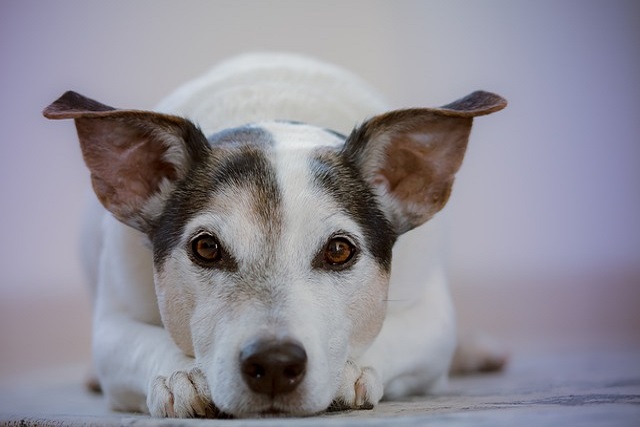
How to deal with anxious and restless dogs left alone at home
When you close the door behind you and hear your dog's heartbreaking howls, or see through the pet camera how it frantically scratches at the door, that wrenching
When the owner finds that the puppy, who is usually lively and energetic, is curled up in a corner and ignores his favorite toys, he may not immediately realize that a silent battle has quietly started in the little guy's body. Canine Parvovirus (CPV) is like a cunning invader, attacking the fragile immune system of puppies in an unexpected way, and the subtle changes in early symptoms are the distress signals they send out.
The early symptoms of canine parvovirus are often like fog and are easily ignored by the owner. At first, the puppies infected with the virus may only show a slight mental depression, and their originally lively eyes will be covered with a layer of dimness, and they will lose their curiosity and enthusiasm for the surrounding environment. They no longer pounce on their owners as happily as usual, but lie quietly beside them, and even if the owner calls, they only raise their heads to respond. This change in mental state, like the calm before the storm, is the initial sign that the virus has begun to wreak havoc.
At the same time, digestive system disorders gradually appear. The puppies' appetite will obviously decrease. When faced with their favorite food, they will only sniff it symbolically and then turn away. Then, vomiting and diarrhea will follow. The initial vomit may be just undigested food. As the disease progresses, it will gradually turn into mucus with foam, or even mixed with blood. The diarrhea is even more distressing. The feces quickly change from soft to watery, and the color changes from normal brown to fishy gray or tomato juice. This strong fishy smell permeates the air, as if telling of the fierce battle in the intestines. These digestive system symptoms not only make the puppies suffer from severe physical pain, but also constantly consume their physical strength, like an hourglass that has been drained of life energy, exacerbating the deterioration of the disease every minute and every second.
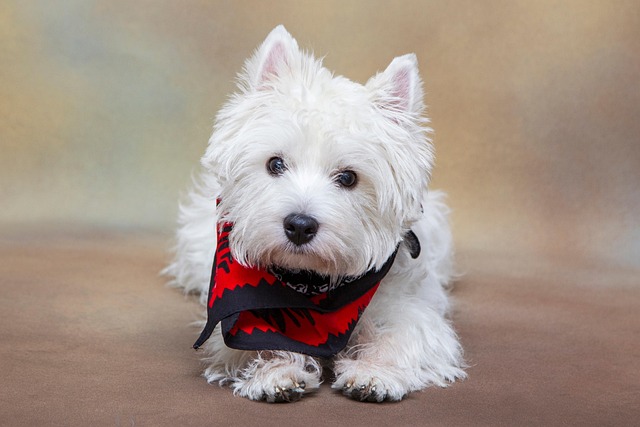 In addition to the abnormalities of the mental and digestive systems, the changes in the puppies' body temperature also hide mysteries. In the early stages of infection, the body temperature will rise rapidly, reaching 39.5℃ or even higher, as if a fire is burning in the body. However, as the disease progresses, the body temperature may drop sharply below normal, which is a dangerous signal of the gradual decline of body functions. At this time, the puppies become cold and weak, as if swallowed by darkness, and the light of life is dimming little by little.
In addition to the abnormalities of the mental and digestive systems, the changes in the puppies' body temperature also hide mysteries. In the early stages of infection, the body temperature will rise rapidly, reaching 39.5℃ or even higher, as if a fire is burning in the body. However, as the disease progresses, the body temperature may drop sharply below normal, which is a dangerous signal of the gradual decline of body functions. At this time, the puppies become cold and weak, as if swallowed by darkness, and the light of life is dimming little by little.
These early symptoms seem scattered, but like pieces of a puzzle, they together outline the terrible picture of canine parvovirus infection. For pet owners, every subtle change may be a key clue to saving lives. When we find that our dogs have the above symptoms, our inner anxiety and worry surge like a tide. The feeling of powerlessness of wanting help but being at a loss can only be experienced in person.
Canine parvovirus is highly contagious. In places where puppies are densely populated, such as pet shops and kennels, the virus is like an invisible ghost, waiting for an opportunity to move. Puppies who have just been weaned, because their immune systems are not fully developed, are like warriors without armor and are easily targeted by viruses. Once infected, the virus will replicate wildly in the intestinal epithelial cells, destroy the intestinal barrier, and cause severe hemorrhagic enteritis; at the same time, it may also invade myocardial cells, causing sudden myocarditis in puppies, and instantly withering the originally lively life.
Facing the ruthless enemy of canine parvovirus, early detection and timely treatment are the key to defeating the disease. Every owner should be a keen guardian and carefully observe every detail of the puppies' lives. When abnormalities are found, even if there is only a trace of doubt, they should be taken to a professional pet hospital for examination immediately. Perhaps, it is this timely attention and action that can save the life of your beloved dog from the hands of death.
In the fight against canine parvovirus, we are not only masters, but also comrades-in-arms fighting side by side. Looking at the weak puppies on the hospital bed, their eyes full of trust and dependence seem to be saying "Please don't give up on me." This heavy trust drives us to spare no effort to fight for their hope of life. And those puppies who have successfully overcome the disease, the smiles they show again after recovery, and the figures of running happily are the best rewards for all our efforts. I hope every pet owner can become the "life guardian" of their beloved dog, and under the threat of canine parvovirus, use love and care to build a solid line of defense for them to protect this precious companionship and beauty.

When you close the door behind you and hear your dog's heartbreaking howls, or see through the pet camera how it frantically scratches at the door, that wrenching
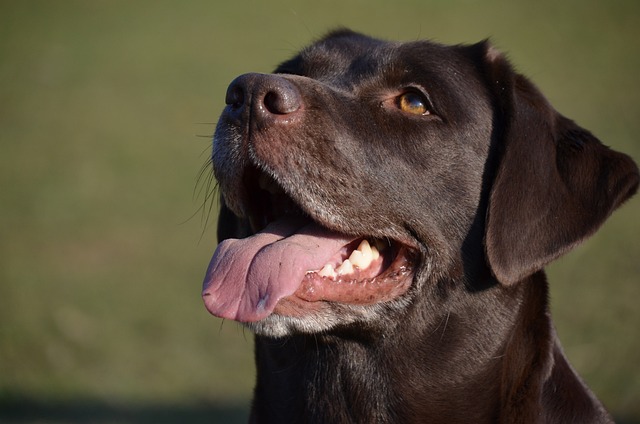
When you notice your once chocolate-brown Teddy's coat gradually frosting with white hairs, that sudden change can tug at your heartstrings.

In the waiting area of the pet hospital, you can always see anxious owners who carefully hold their dogs with shortness of breath, their eyes full of worry and anxiety.

Pneumothorax in dogs,a seemingly unfamiliar medical term,is like a"health bomb"that could detonate at any moment.It not only plunges pets into a desperate state of respiratory distress but may also trigger a series of life-threatening complications.
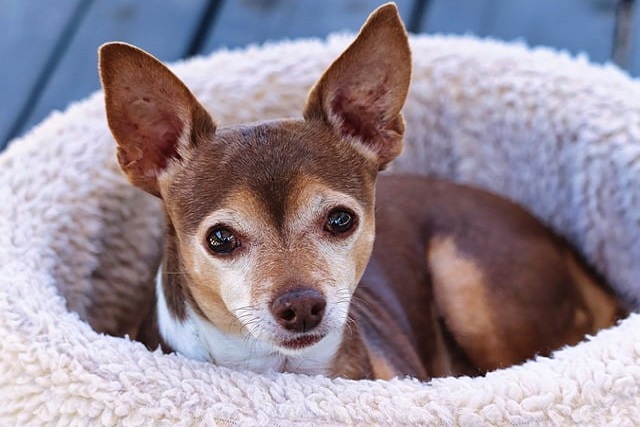
Watching their furry child spin around on the ground, exerting force but unable to defecate, the anxiety and helplessness instantly surge in the hearts of every homeowner.
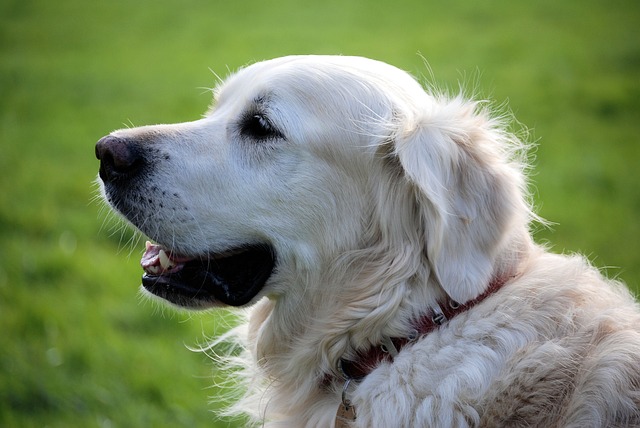
The bright sunshine and lush greenery of summer make it many dogs' favorite season. However, as temperatures rise and humidity increases,